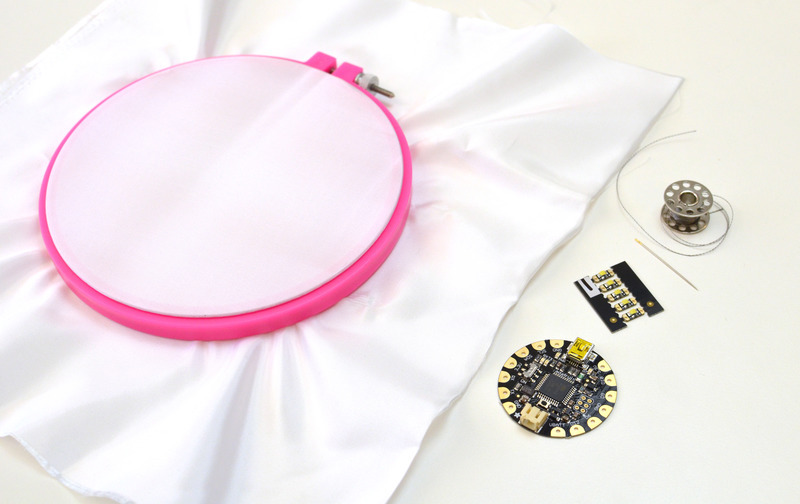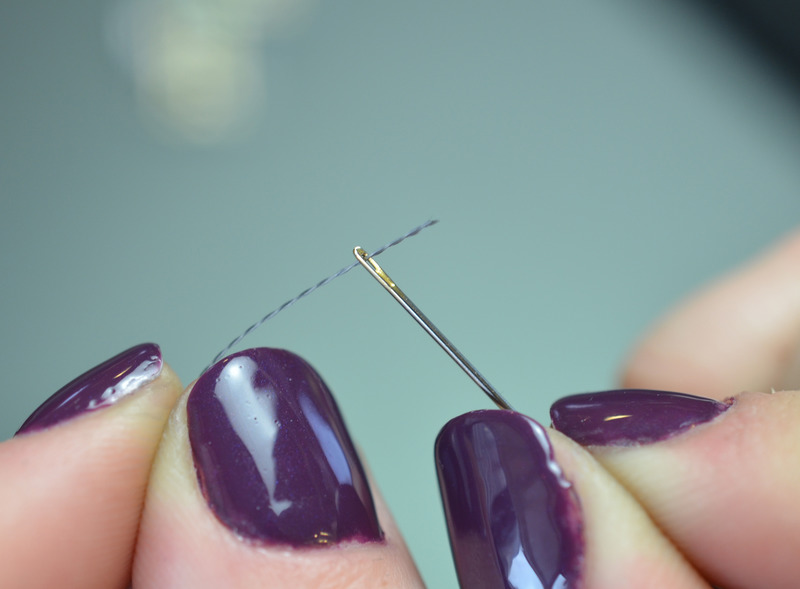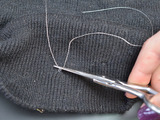Sew a little sparkle into your wearable project with an Adafruit LED Sequin. These are the kid-sister to our popular Flora NeoPixel-- they only show a single color and they aren't addressable, but they are our smallest sewable LEDs ever and very easy to use!
Before you get started, follow the Introducing GEMMA guide or Introducing Gemma M0 guide














































